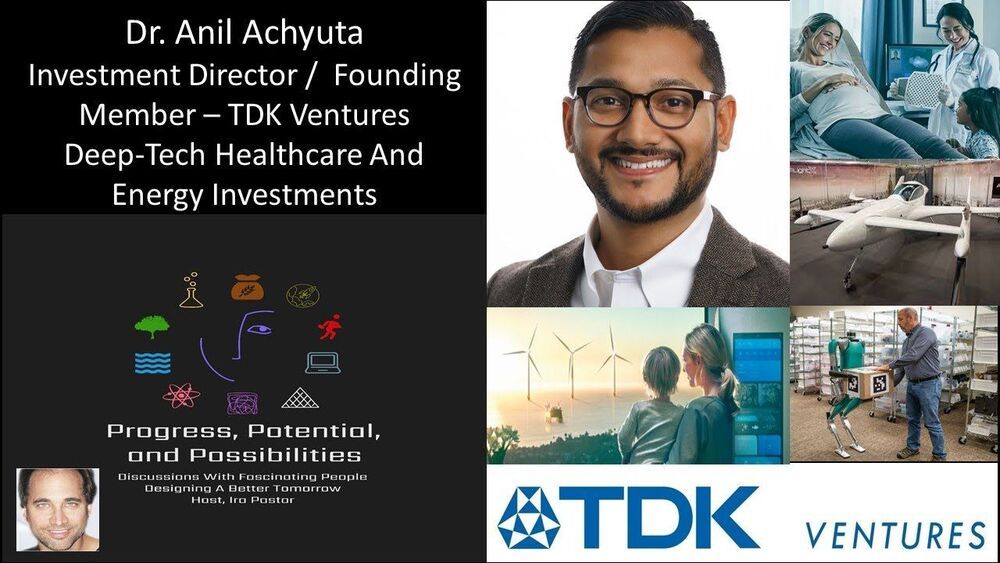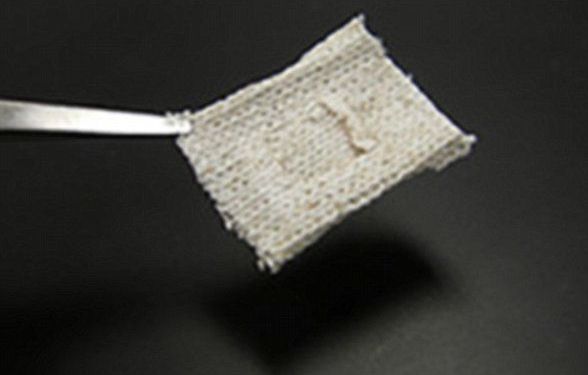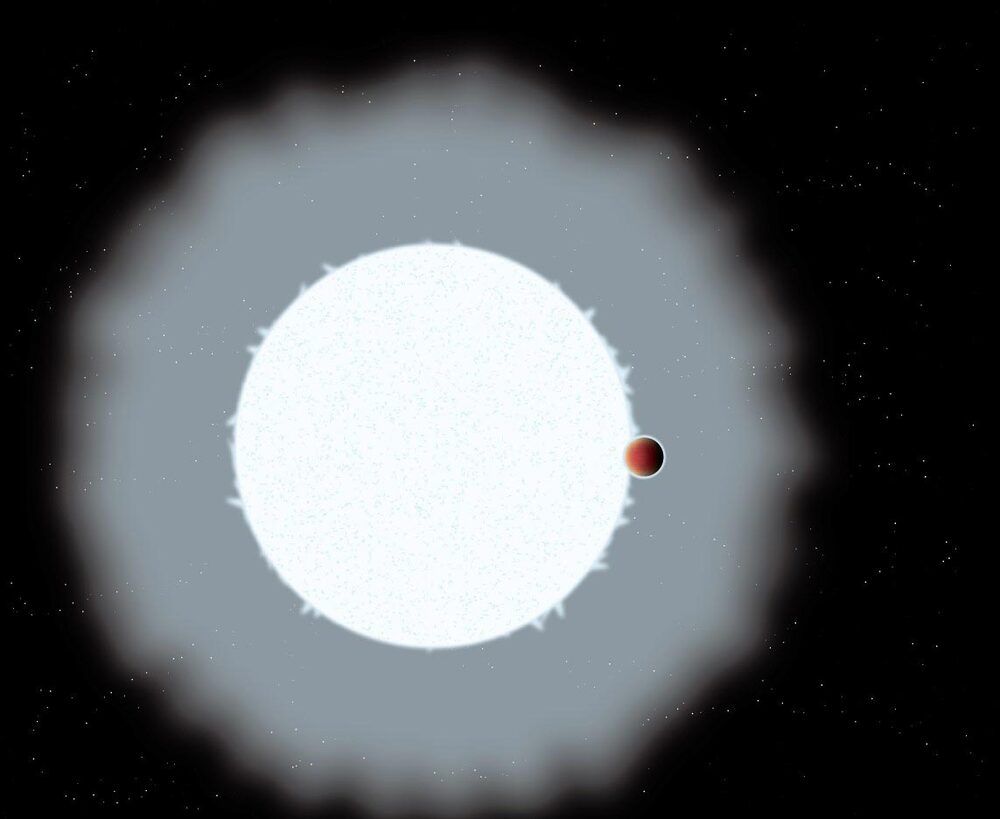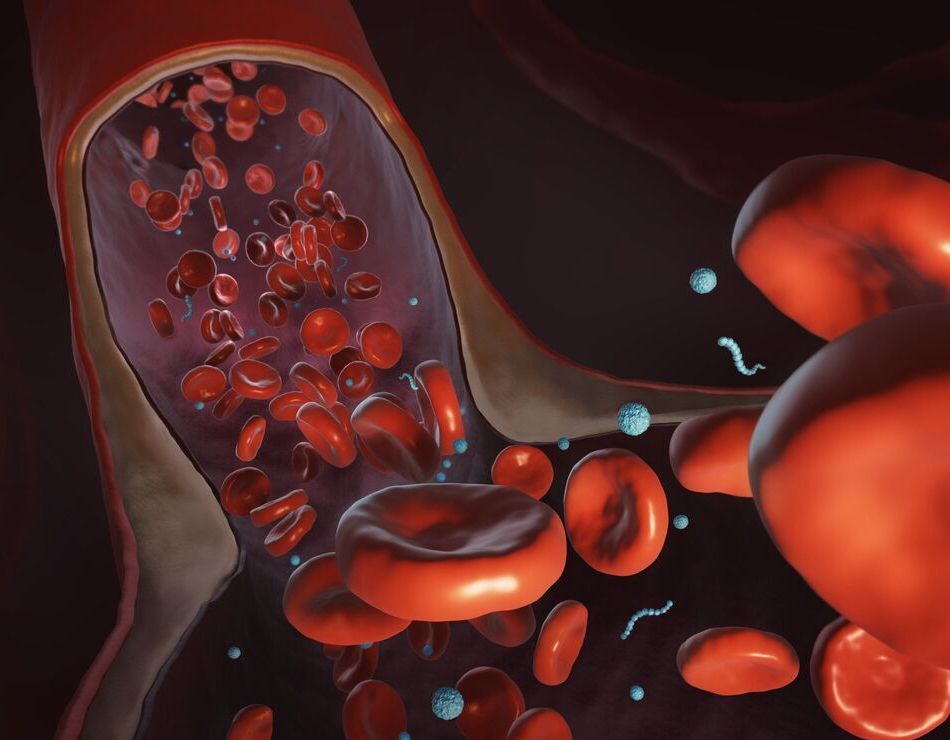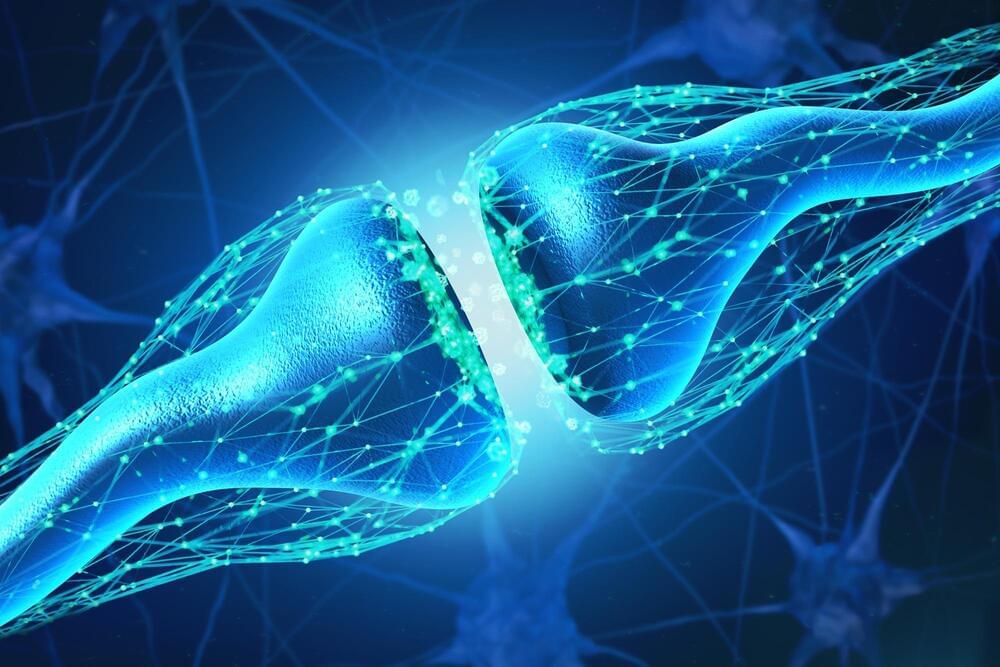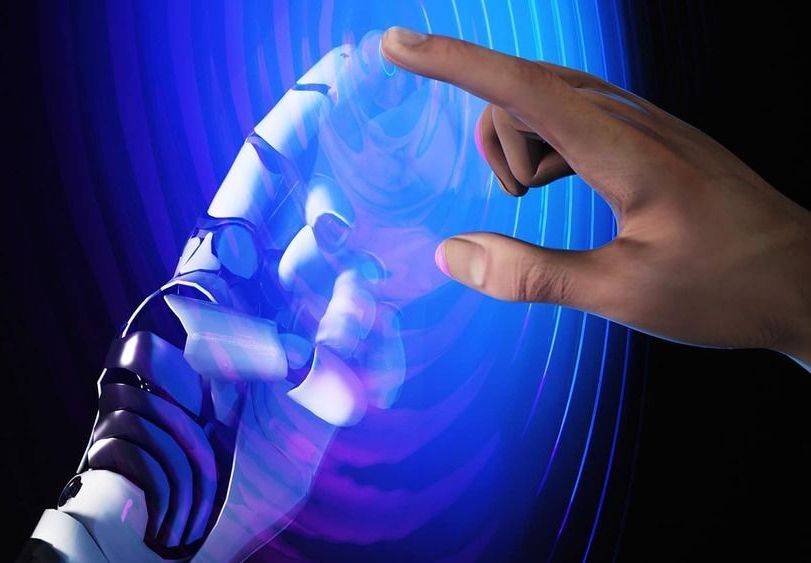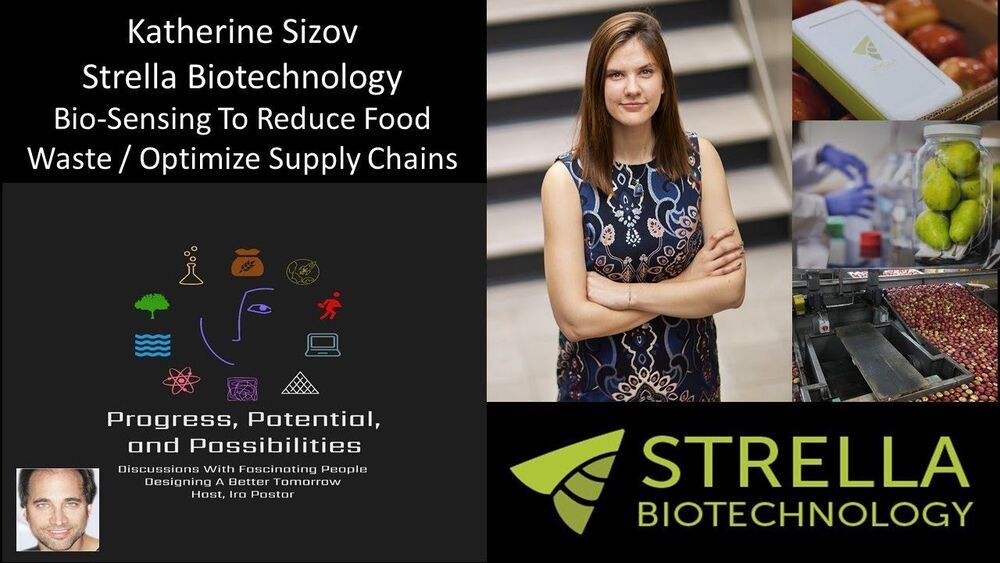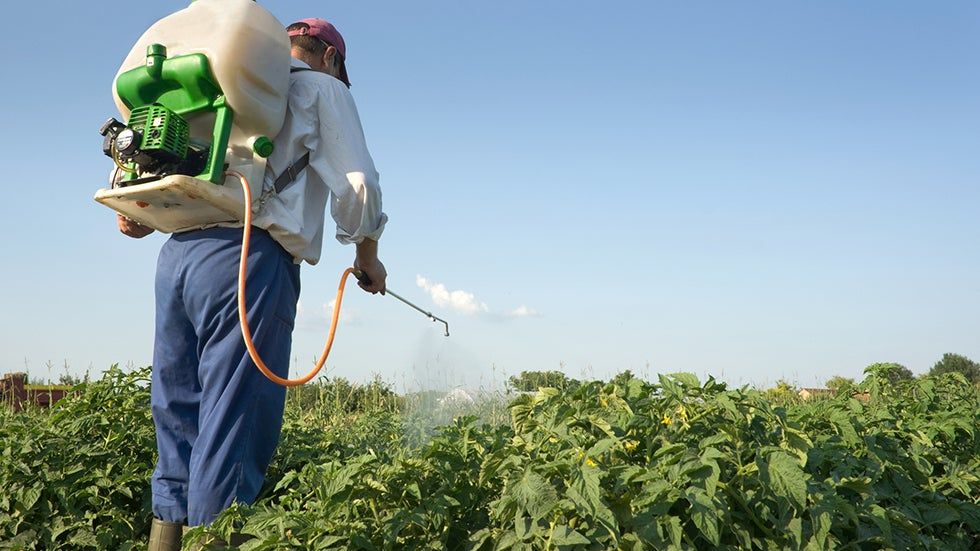Deep-tech healthcare & energy investments for a sustainable future — dr. anil achyuta, investment director / founding member, TDK ventures.
Dr. Anil Achyuta is an Investment Director and a Founding Member at TDK Ventures, which is a deep-tech corporate venture fund of TDK Corporation, the Japanese multinational electronics company that manufactures electronic materials, electronic components, and recording and data-storage media.
Anil is passionate about energy and healthcare sectors as he believes these are the most impactful areas to building a sustainable future – a mission directly in line with TDK Ventures’ goal.
At TDK Ventures, Anil has reviewed over 1050 start-ups and invested in: 1) Autoflight — an electric vertical take-off and landing company, 2) Genetesis — a magnetic imaging-based cardiac diagnostics company, 3) Origin — 3D printing mass manufacturing company, 4) Exo — hand-held 3D ultrasound imaging company, 5) GenCell — ammonia-to-energy hydrogen fuel cell company, 6) Mojo Vision – augmented reality contact lens company, and 7) Battery Resourcers – a direct to cathode lithium ion battery recycling company.
From his seven investments, Anil has secured two exits. GenCell IPO’d on Tel Aviv’s Stock Exchange, and Origin was acquired by the #1 3D Printing company in the world, Stratasys, for $100M.
Anil was voted as one of the Rising Stars in 2021 by Venture Capital Journal and recently, Anil was ranked #2 Rising Star in 2021 out 20000 corporate venturing managers globally.
Prior to TDK Ventures, Anil held leadership roles at Fortune 500 companies including L’Oréal, Johnson & Johnson, GlaxoSmithKline, and Draper.
Anil has a Ph.D. in Chemical Engineering from Northeastern University and has authored over 15 peer-reviewed journal publications and 5 US patents.
